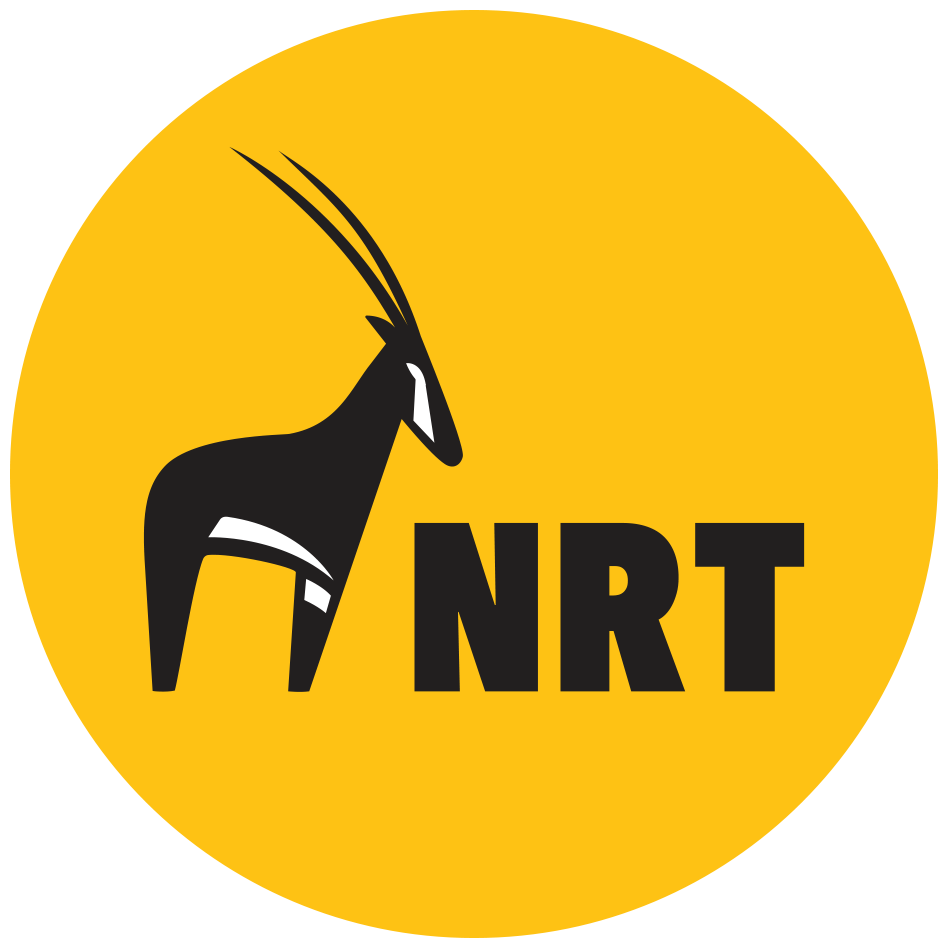Impact
Outlining the results reaped from the project
Impact of the Northern Kenya Rangeland Carbon Project
The Project provides increased pasture and forage for herders' animals, as well as improved livelihoods. It has resulted in:
Higher pasture quality
Healthier livestock yielding more milk and meat
Better market prices for livestock
Increased family income from the sale of healthier cattle
Improved pasture even in dry season preventing livestock loss
Reduced grazing conflict, resulting in more peace
Generation of new streams of income
Better way of life for more than 175,000 local people in the community
Carbon sequestration, most crucially, generates a long-term revenue stream that is utilized to fund community-based development programs
that benefit local communities




